#M87*
Text
Alright, so, black holes right?
Most people have probably seen this astOUNDING image of the black hole at the center of the M87 galaxy - the first real picture of a black hole.
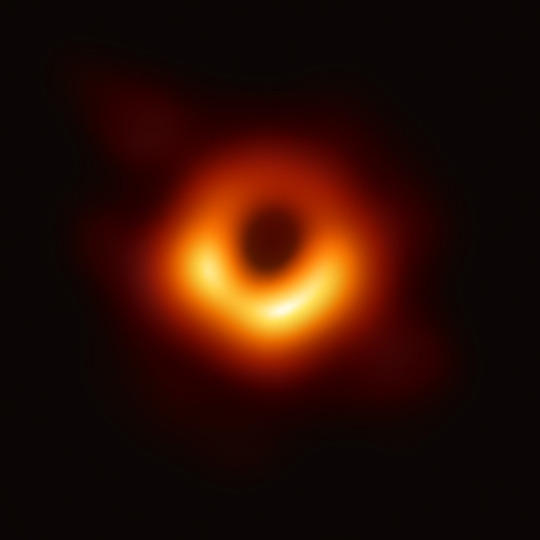
It may look like a blurry orange donut, but you gotta understand, this was and still is a hugely impressive achievement. At a black hole's event horizon, the escape velocity (or the speed at which something has to travel to escape the body's gravitational pull) is faster than the speed of light. By definition a black hole cannot be directly observed. Imaging the shadow of M87* required using eight ground-based radio telescopes all over the world, working together as an interferometer - or as though they were one single telescope the size of the entire planet.
So that's fucking cool in its own right, but how did we know that black holes existed before 2019 when we could actually "see" one? How do we detect something that reflects no light when we DON'T have a simulated telescope the size of Earth? The answer is gravity.
We think that most large galaxies have supermassive black holes at their centers, left over from their chaotic infancies when hundreds of thousands of early stars collided and then collapsed, and then kept colliding. To give you an idea of what we mean by "supermassive", the black hole at the center of the Milky Way, Sagittarius A* (pronounced "A-star"), is about 4 million times the mass of our sun. And that's SMALL.
So while black holes aren't the horrible all-consuming reality-guzzling unmakers of creation that science fiction likes to paint them as - we aren't in any danger whatsoever from Sagittarius A*, now or ever - they CAN get big enough to really throw things around. So we looked for objects moving under the influence of . . . nothing.
This gif is a years-long timelapse of stars orbiting something in a seemingly-empty region of space the center of the Milky Way, the approximate location marked with a red plus sign.
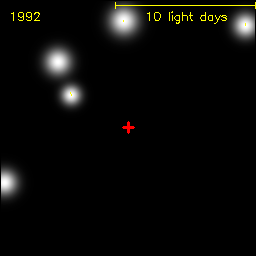
That something is Sag A*. It's an invisible behemoth, made of the extraordinarily dense remains of the birth of our galaxy, juggling entire solar systems the way Jupiter flings asteroids. And for so long, we couldn't even see it.
This shit makes me go fucking crazy. Imagine what else is out there that we don't understand just because we don't have the tools to even know it exists! Not just in space, in any field of scientific study!
It wasn't until the 1990s that we started realizing trees talk to each other, and now we know there's fungal mycelium networks that connect trees across entire continents. Just THIS YEAR we discovered an entirely new ecosystem underneath the hydrothermal vents in the deepest parts of the ocean floor. For most of human history, the existence of planets around other stars was highly debated, and now we've confirmed over 5 thousand of them. We even know what some of their atmospheres are made of!
There's a saying that "the more you know, the more you know you'll never know", and I feel like there's never been a time in history when that's been more true. And it's almost comforting, y'know? The universe is so vast, it feels correct that we shouldn't be able to understand all of its intricacies.
Reality is stranger than fiction, and the reality is there's stuff out there that we don't even have the words to begin to describe. Until we do! And our reward is even more questions!
#space#black holes#Sagittarius A*#M87#Doesn't that gif just give you chills#Whole stars!#Orbiting N O T H I N G#Any time someone mentions black holes I have to pull up this gif and make sure everyone has seen it#My friends are very patient with me#Thanks @literallymechanical for the post suggestion!#spost#space post
311 notes
·
View notes
Text

Hello guys, today we are recording a strange guy who was stalking me
#undertale#undertale au#littletale#dusttale#dusttale sans#littletale sans#black hole#M87#digital art#sans#dustdust sans#sy! littletale
30 notes
·
View notes
Text

Even black holes help shape the universe.
Everything has its place.
62 notes
·
View notes
Text

23 notes
·
View notes
Text
Black Holes!!
✩₊˚.⋆☾⋆⁺₊✧✩₊˚.⋆☾⋆⁺₊✧✩₊˚.⋆☾⋆⁺₊✧✩₊˚.⋆☾⋆⁺₊✧✩₊˚.⋆☾⋆⁺₊✧✩₊˚.⋆☾⋆⁺₊✧✩₊˚.⋆☾
A black hole is a region of spacetime where gravity is so strong that nothing, not even light, can escape. This phenomenon occurs when a massive star collapses under its own gravity at the end of its life. The resulting object becomes incredibly dense, with a gravitational pull so intense that it bends spacetime into a singularity, and absorbs its own photons.
Black holes are often classified into three main types:
Stellar-mass black holes: These are formed from the collapse of massive stars.
Supermassive black holes: These are millions or even billions of times more massive than our Sun and are found at the centres of galaxies.
Intermediate-mass black holes: These are thought to be formed from the merging of smaller black holes.
While black holes are difficult to observe directly due to their ability to absorb light, astronomers can detect their presence through indirect methods such as observing the motion of nearby stars or detecting X-rays emitted from matter that is being pulled into the black hole.
✩₊˚.⋆☾⋆⁺₊✧✩₊˚.⋆☾⋆⁺₊✧✩₊˚.⋆☾⋆⁺₊✧✩₊˚.⋆☾⋆⁺₊✧✩₊˚.⋆☾⋆⁺₊✧✩₊˚.⋆☾⋆⁺₊✧✩₊˚.⋆☾
The black hole imaged was a supermassive one, located at the centre of the galaxy Messier 87 (M87), which is about 55 million light-years away from Earth. This colossal object, known as M87, is estimated to be billions of times the mass of our Sun.
To capture this elusive image, a global network of radio telescopes called the Event Horizon Telescope (EHT) was used. The EHT essentially created a virtual telescope the size of Earth, allowing it to achieve the resolution necessary to see the black hole's event horizon, the point of no return beyond which nothing can escape.
The image itself is a ring of glowing gas surrounding a dark centre. The dark centre is the black hole's shadow, a region where gravity is so strong that not even light can escape. The glowing ring is made up of gas that is being heated to incredibly high temperatures as it swirls around the black hole.
✩₊˚.⋆☾⋆⁺₊✧✩₊˚.⋆☾⋆⁺₊✧✩₊˚.⋆☾⋆⁺₊✧✩₊˚.⋆☾⋆⁺₊✧✩₊˚.⋆☾⋆⁺₊✧✩₊˚.⋆☾⋆⁺₊✧✩₊˚.⋆☾

[above shows the first image of a black hole at the center of the galaxy M87, using the Event Horizon Telescope]
✩₊˚.⋆☾⋆⁺₊✧✩₊˚.⋆☾⋆⁺₊✧✩₊˚.⋆☾⋆⁺₊✧✩₊˚.⋆☾⋆⁺₊✧✩₊˚.⋆☾⋆⁺₊✧✩₊˚.⋆☾⋆⁺₊✧✩₊˚.⋆☾
x
#special interest#astronomy#space#physics#black hole#M87#Event Horizon Telescope#stars#singularity#infodump#supermassive black hole#astrophysics#outer space#science#photograph#EHT#eht
2 notes
·
View notes
Text
Chi ti chiede guardandoti negli occhi : "Stai bene?">>>>>>>
16 notes
·
View notes
Photo
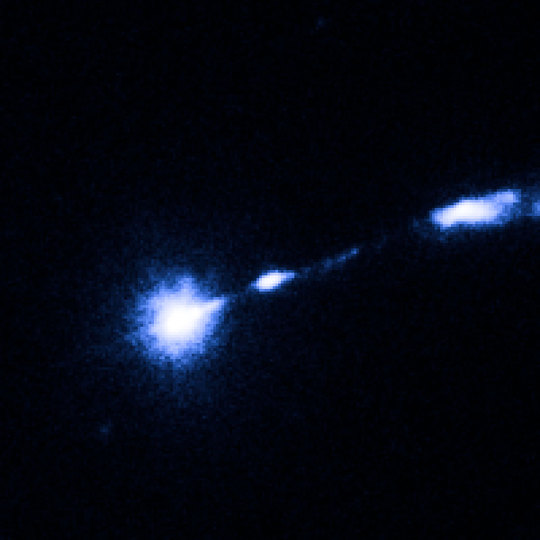
Ultraviolet Jet
44 notes
·
View notes
Text
Kenshi Yonezu and his music is as close as we can get to the handwriting of God.





I mean look at this guy-

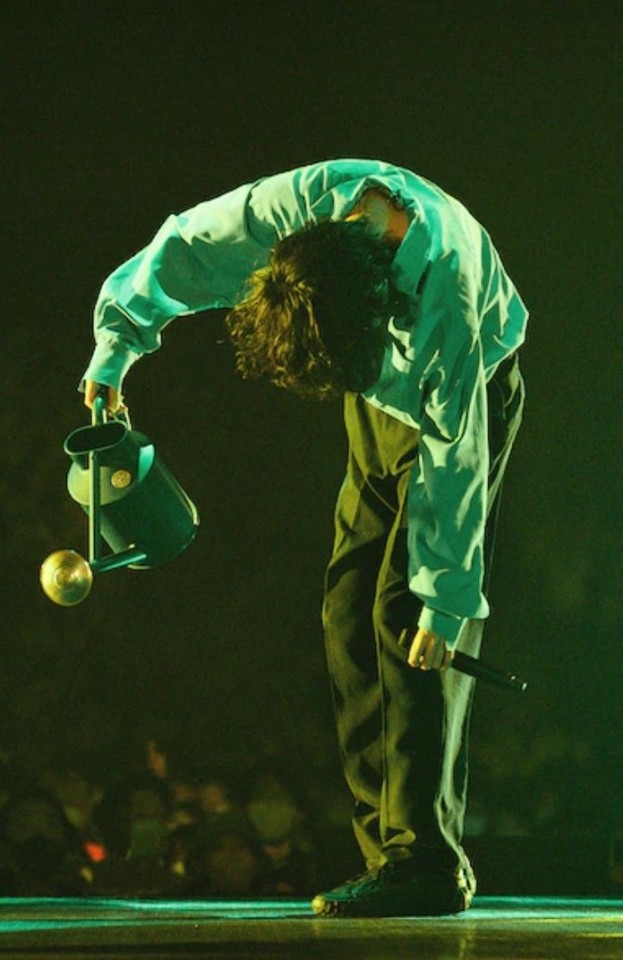
I love all of his songs, there isn't a single one that I hate or dislike. I could talk about this man all day.
And for those wondering why I'm suddenly sharing this thought at 3:46am, it's because I'm listening to this song on repeat at the moment:
youtube
"M87" by Kenshi Yonezu✨✨
Okay that's all.✨
#Kenshi Yonezu#m87#jpop ベスト#He is the musician you need and the musician we all deserve✨✨#I can give over 20 facts about this man✨#His new song “Tsuki wo Miteita- Moon gazing” will be coming out soon as the official theme song for the latest part the F.F. Video game✨#he's really cool#Like *slams fist on table multiple times* ✨so cool✨#Youtube
10 notes
·
View notes
Text
El seguimiento de la radiogalaxia M87 confirma el giro de un agujero negro
La cercana radiogalaxia M87, situada a 55 millones de años luz de la Tierra y que alberga un agujero negro 6.500 millones de veces más masivo que el Sol, exhibe un chorro oscilante que oscila hacia arriba y hacia abajo con una amplitud de unos 10 grados, lo que confirma la existencia del agujero negro. girar.
El estudio, dirigido por el investigador chino Dr. Cui Yuzhu y publicado en Nature el…
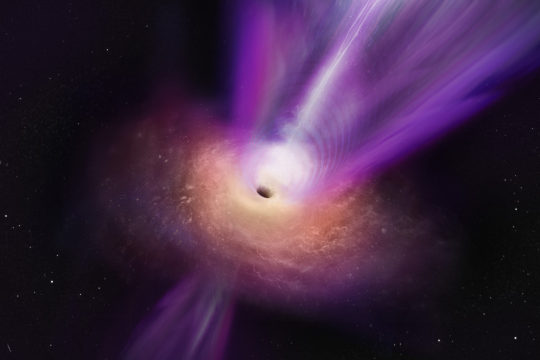
View On WordPress
2 notes
·
View notes
Text

A meteor flashing through part of Markarian's Chain // Tyler Schlitt
#astronomy#astrophotography#galaxy cluster#virgo cluster#markarian's chain#elliptical galaxy#messier#messier 84#M84#NGC 4374#messier 86#M86#NGC 4406#messier 87#M87#NGC 4486#solar system#meteor#virgo
61 notes
·
View notes
Photo
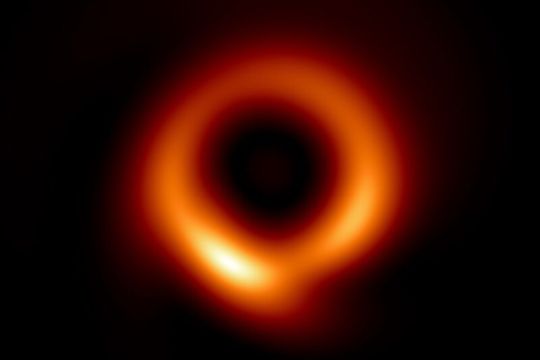
Sharper Look at M87 Black Hole
The iconic image of the supermassive black hole at the center of M87—sometimes referred to as the “fuzzy, orange donut”—has gotten its first official makeover with the help of machine learning. The new image further exposes a central region that is larger and darker, surrounded by the bright accreting gas shaped like a “skinny donut.” The team used the data obtained by the Event Horizon Telescope (EHT) collaboration in 2017 and achieved, for the first time, the full resolution of the array.
4 notes
·
View notes
Text

Beautiful monster
M87 black hole
26 notes
·
View notes
Text

first black hole photo 📸
in 2017, a decade of work at the EHT (event horizon telescope) finally paid off when they were able to take a photo of a real black hole. the EHT is a combination of eight telescopes spread worldwide, which were all used to piece together images of black holes - sort of like an earth sized telescope!
the image depicted is a supermassive black hole at the centre of the M87 galaxy - around 54.8 million light years away, and harnessing around 6.5 billion times more mass than the sun.
#canyouevenfathomwhatthisphotoreallyIS#physics#science#stem#physics chat#stephen hawking#physicist#physicslovers#theoretical physics#universe#black holes#m87#galaxy messier 87#galaxy#star#eht#event horizon#singularity#event horizon telescope#maths#m87 black hole
2 notes
·
View notes
Photo
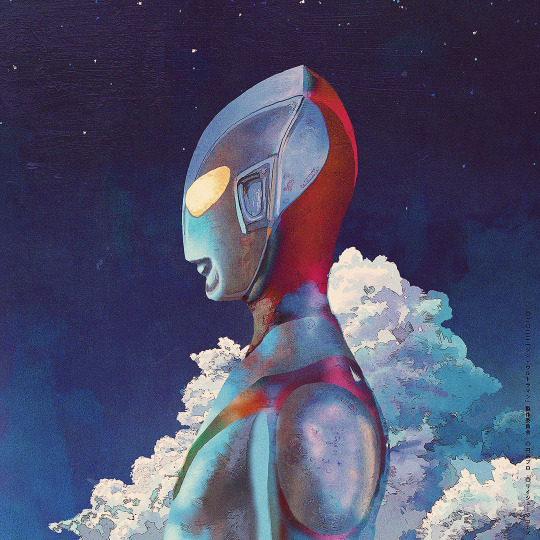
M87 by Kenshi Yonezu
3 notes
·
View notes

